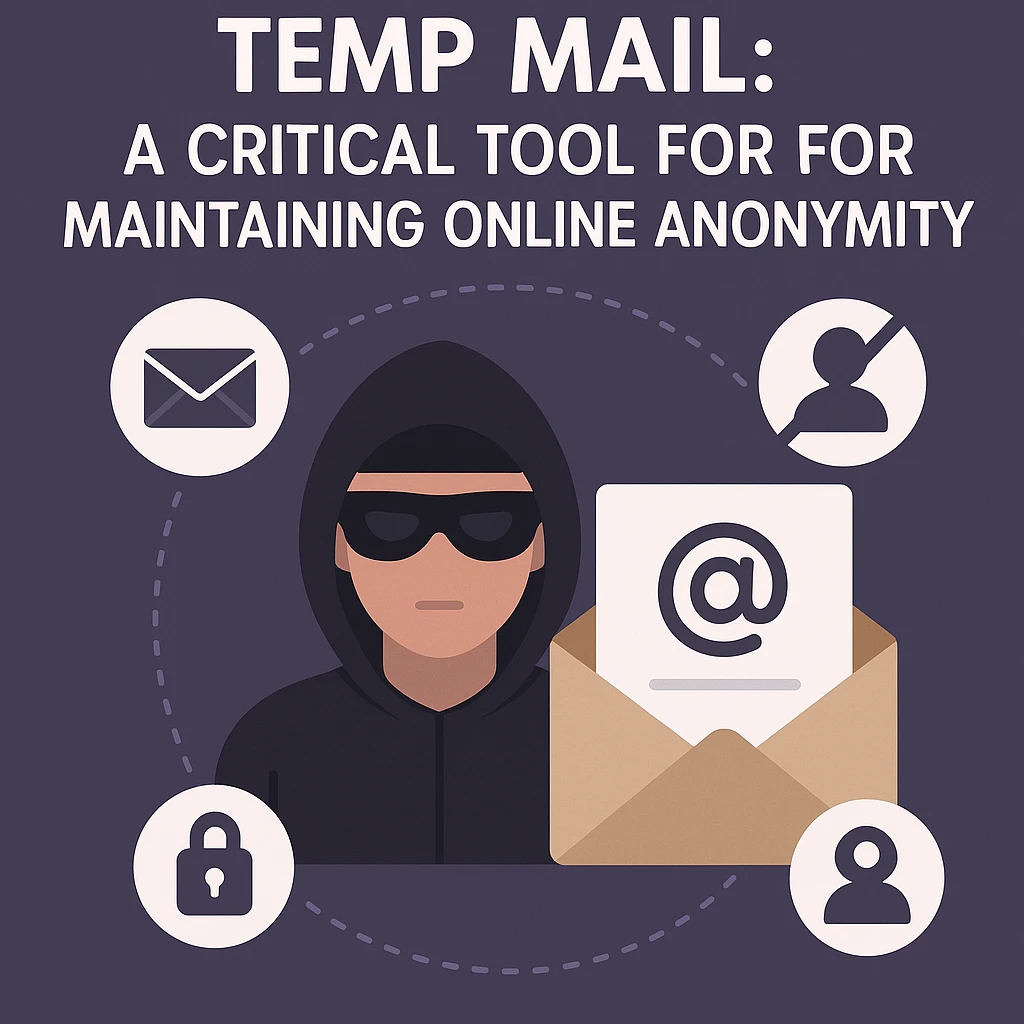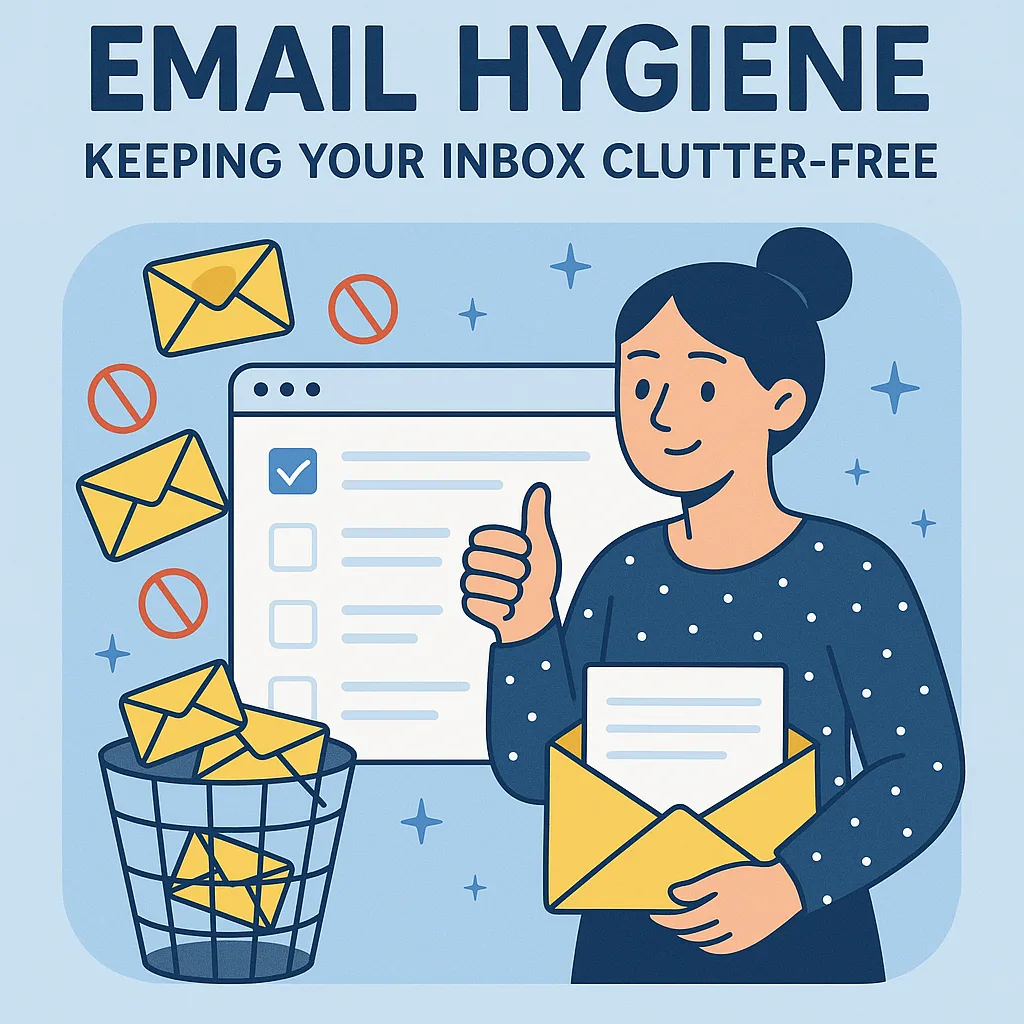In this hyperconnected era, your online persona is just as important as your offline persona, if not more so. Your online footprint grows with each click, post, share, and subscription. The distinction between "real life" and "online life" is frequently hazy for professionals, influencers, activists, gamers, cryptocurrency users, and regular internet users. However, in a world where digital surveillance, data scraping, and privacy violations are widespread, it is not only wise but also necessary to learn how to distinguish your true identity from your online persona.
In this blog, we’ll dive deep into:
-
Why separating your identities matters
-
Risks of digital overexposure
-
How anonymity empowers freedom
-
Practical tools and habits for staying private
-
Real-world use cases for maintaining digital boundaries
Why Separating Real and Online Identity Matters
Even if you believe you have "nothing to hide," online identity separation is important for anyone who values control, security, and autonomy, not just hackers or whistleblowers.
Here’s why it matters:
🔐 1. Protecting Your Privacy
Websites, apps, and third parties may collect your location, IP address, email address, and name. Startling amounts of personal information can be uncovered by a straightforward Google search. This exposure is reduced if you maintain a distinct online identity.
🎯 2. Avoiding Targeted Attacks
You could become a target of identity theft, doxxing, or phishing scams if you use your real credentials. You are at risk if your online persona contains private information about yourself, such as your address, place of employment, or personal habits.
💼 3. Preserving Professional Boundaries
Before hiring, clients and employers frequently look through social media profiles. Keeping your identities separate helps safeguard your career if you're an opinionated, experimental, or active member of contentious online communities.
🗣️ 4. Freedom of Expression
Many users wish to explore or engage with communities (such as Web3 groups, niche fandoms, and political forums) without disclosing who they really are. You can speak freely without fear of consequences when you are separated.
Risks of Blending Real and Digital Identities
Mixing your real-world identity with your online actions can lead to:
-
Doxxing: Personal info like your home address, phone number, or family members can be exposed online.
-
Data Correlation: Advertisers and governments use advanced AI to correlate different identities—linking your real name to anonymous accounts through patterns.
-
Loss of Reputation: Posts from years ago may come back to haunt you, taken out of context or resurfaced in moments of controversy.
-
Security Threats: Public email addresses and reused passwords across platforms increase your exposure to hacking.
Practical Steps to Separate Your Identities
Let's examine a workable plan for keeping your online and real identities separate while preserving security and usability.
1. Use Separate Email Addresses
Use temporary or anonymous emails for online communications and create a primary personal email for use in real-world situations (banks, work, etc.).
Tools:
-
MyTemp-Mail: Disposable emails for short-term use
-
10MinutesMails: Auto-expiring email addresses for quick signups
-
ProtonMail or Tutanota: For anonymous but more persistent email use
Best Practice:
-
Never use your real name in your online email addresses.
-
Create one for each community or role (e.g., “cryptoTraderAlly” for crypto forums).
2. Mask Your IP Address
Use VPNs (Virtual Private Networks) or Tor Browser to mask your IP and geolocation.
Tools:
-
NordVPN, Mullvad, ProtonVPN
-
Tor (for maximum anonymity, though slower)
These tools ensure that even if someone tracks your traffic, it doesn’t lead to your physical location or device.
3. Use Aliases and Pseudonyms
Create a consistent online persona using a pseudonym that’s distinct from your real name.
Tips:
-
Make it unique enough to avoid accidental overlap
-
Avoid including birth years, real city names, or job titles
-
Use different usernames across platforms to avoid cross-indexing
4. Avoid Linking Real-World Photos or Social Media
Never use your actual location tags, linked accounts, or profile pictures. Your true identity can be discovered by reverse-searching photos using programs like PimEyes or Google Images.
Use avatars, artwork, or AI-generated images instead.
5. Be Cautious with Metadata
Photos and files contain metadata (EXIF data) that can reveal location, timestamps, device IDs.
Best Practice:
-
Strip metadata before uploading (tools: ExifTool, ImageOptim)
-
Use screenshots instead of uploading the original photo
-
Avoid uploading PDFs with your name embedded in document properties
6. Secure Your Devices and Accounts
If your real identity is on your device, protect it:
-
Use strong, unique passwords (password managers: Bitwarden, 1Password)
-
Enable 2FA (two-factor authentication)
-
Avoid syncing anonymous browsing accounts with real-world devices (Google accounts, Apple ID, etc.)
7. Think Before You Post
The language you use, the communities you join, and the amount of time you spend online can all leave digital footprints, even with protections in place.
Ask yourself:
-
Does this post reveal anything personal?
-
Could this be traced back to me in real life?
-
Am I uploading anything that links to my identity (voice, school name, references)?
Use Cases: Who Benefits from Identity Separation?
🧑💻 Developers and Hacktivists
require anonymity in order to safeguard their work and prevent reprisals or monitoring, particularly when developing in contentious or open-source environments.
🧕 Activists and Journalists
Be at risk of harassment or persecution based on the political situation. They can speak out without jeopardizing their reputations or lives thanks to anonymous identities.
👨💼 Job Seekers and Professionals
Can keep their professional identity clean while participating in casual, creative, or experimental online communities.
🎮 Gamers, Streamers, and Creators
Build personal brands under stage names and avatars to protect private life while engaging with fans and monetizing content.
👩🔬 Crypto Investors and Web3 Enthusiasts
Use high-risk platforms frequently. Their identities and investments are protected by using burner wallets, temporary emails, and pseudonymous profiles.
The Balance Between Anonymity and Authenticity
Separating your real identity doesn’t mean lying or manipulating—it means controlling how much of yourself you reveal and when.
There’s a spectrum:
-
Fully Anonymous: No traceable info at all (Tor + pseudonyms + no metadata)
-
Semi-Anonymous: Separate persona, limited contact info
-
Professional Pseudonymity: Known by brand/alias (e.g., Vitalik.eth) but not deeply personal
To protect yourself, you don't need to become a full-fledged black-hat hacker. It's usually sufficient to have a simple division between your digital and real lives.
Final Thoughts
In the current digital era, privacy is paramount. Although it may seem convenient to integrate your true self into every community you join or platform you use, doing so can have unanticipated consequences. Learning to distinguish your true identity from your online persona is one of the most powerful choices you can make, regardless of whether you're an activist defending yourself against monitoring or just a regular user fed up with spam and data harvesting.
Take control. Protect your footprint. Own your identity.



